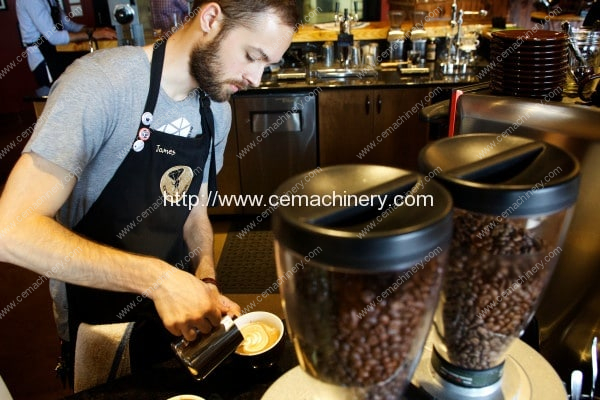Cafe mediocre: Americans are happy to gulp down bad coffee
With upscale artisanal coffee brewers dotting city streets across the country, America might fancy itself a nation of high-end coffee drinkers. But just the opposite is true: People in this country, on the whole, are actually drinking worse coffee today than they have in the past.
And the reason appears to be that they value cheapness over quality — and convenience over everything.
“A lot of people in America would take a sip of single origin high-end coffee and not appreciate the taste,” said Howard Telford, an industry analyst at market research firm Euromonitor. “Price is important because if you can’t afford it, you can’t buy it, but convenience is the one thing that’s really changing trends these days.”
Indeed, the bulk of this country runs not on single-drip artisanal coffee, but standard, pre-ground coffee, which, by most coffee snobs’ measures, is one of coffee’s most inferior forms. Only about 8 percent of the coffee beans Americans buy are fresh whole beans, which upscale coffee brewers, such as Blue Bottle, will tell you is the much better way to buy coffee beans.
And ground coffee isn’t just outpacing whole bean coffee — it’s increasing its lead, each and every year.
The rise of coffee pods, which come pre-ground, provides what is without question the most compelling evidence of the country’s desire for convenience. Sales of coffee pods have grown by a blistering 138,324 percent — yes, 138,324 percent — over the past 10 years, according to data from Euromonitor. They have have jumped more than tenfold since 2009 alone. And they’re still rising at an annual clip of more than 30 percent.
And pod coffee machines, to further illustrate the trend, have been outselling drip coffee machines since 2013.
America’s fast-growing obsession with single-serve pods is such that it has made Keurig, the maker of K-Cups, the best-selling brand of coffee in the United States. Keurig now controls more than 20 percent of the U.S. retail market for coffee, roughly the same as the next two — Folgers and Starbucks — combined.
But the rest of America’s top 10 most popular brands hardly scream high-end. Folgers, the second-best-selling brand, is famous for selling oversized buckets of ground coffee. Maxwell House, the fourth-best-selling brand, is open about its coffee’s mediocrity: Its latest ad campaign, after all, essentially amounts to a plea for people to settle for “good” coffee instead of aspiring for “great” coffee. And several others, including Gevalia, have grown by capitalizing on the coffee pod trend (Gevalia sells a number of different pods, all of which are compatible with Keurig’s machines).
Even as Starbucks continues to plant coffee shops around the country, other artisanal coffee businesses — chained or not — continue to grow in cities like New York, San Francisco and Los Angeles (think Blue Bottle, Stumptown and the like). But while the high-end coffee world imagines a country in which everyone can have fresh, ground beans delivered to their doorstep, the bulk of America is still perfectly happy drinking the basic stuff.
“There’s a small subset of consumers that are really interested in artisanal coffees,” Telford said. “But that certainly isn’t the case nationwide.”
Telford likens the coffee landscape to the one that has taken shape in the beer world, where craft breweries are all the rage, but Bud Light accounts for one in every five beers sold.
Roberto A. Ferdman is a reporter for Wonkblog covering food, economics and immigration. He was previously a staff writer at Quartz.


